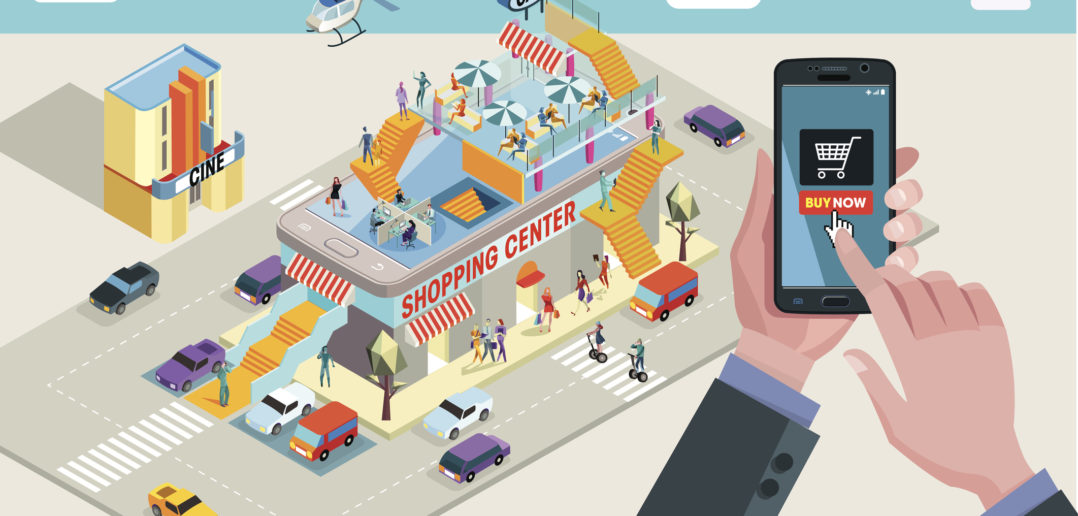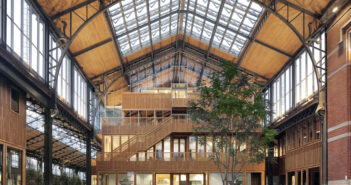In 2015, Business Insider said, “More than two dozen [U.S.] malls have shut down in the last four years and another 60 malls are on the brink of death.” Half of all malls will close by 2035, the publication said.
The cause for the decline includes the rise of online shopping, which has caused the closure of many malls’ anchor stores.
Some malls, however, won’t go down without a fight. They are reinventing themselves, finding new ways to attract customers.
Let’s look at five ways businesses are changing the shopping mall experience:
- “Unique goods and quirky tastes”: That’s how DJM Capital Partners’ 116,000-square-foot Lido Marina Village is described. The goal of DJM is to create a retail opportunity that can’t be found on the internet. The real estate developers placed a great deal of emphasis on appearance, trying to create a mix of historical and modern as they revitalised the property; the project took $70 million to complete. The mall also offers an outdoor terrace for relaxing and supervised childcare. Lido Marina Village and the two others DJM has developed all have occupancy rates above 90 percent. Source: The Orange County Register
- “Revolutionising the in-mall shopping experience”: This is the goal of General Growth Properties (GGP) and Simon Property Group. Collectively, these firms own 335 malls, and technology has been the key to them. GGP offers a combination offline-online shopping experience. Customers can see and feel products, but no inventory is carried in-store. Instead, customers order products and they are delivered to the buyers’ homes. This experience lowers shipping costs for customers by turning existing stores into fulfilment centers and also by leveraging store networks for delivery. Simon has incorporated a Facebook Messenger chatbot that allows customers to learn more about the mall. Source: Business Insider
- “A greater diversity of mall attractions”: This means offering more than just department stores. It means offering mixed-use spaces such as gyms, ice rinks, bowling alleys, community meeting rooms and grocery stores. Shoppers increasingly are seeking fleeting experiences, so pop-up stores and events also are popular ways to increase traffic. Source: Wicked Local and Free Republic
- “The next big bet for movie theatres, malls”: Virtual reality, that is. Investors are flocking to VR technology, hoping to make it a commonplace entertainment experience. To operate effectively, VR gaming facilities need at least 10,000 square feet. Where better to find that much existing square footage than shopping malls? The newer VR systems work by attaching technology to players, allowing multiple players simultaneously. This means there is no need to hire tech specialists to every location. Source: The Celebrity Cafe
- “Adapting to new realities”: The decline of the shopping mall has been felt worldwide. In Singapore, vacancy rates for malls is 7.7%, an increase from last quarter. The malls that sell experiences, however, are thriving. One strategy that has worked has been filling tenant space not with stores but with restaurants. Any open spaces are filled with pop-up shops. Short leases also have attracted tenants. Source: SCMP
Top photo © Jesussanz/GettyImages




